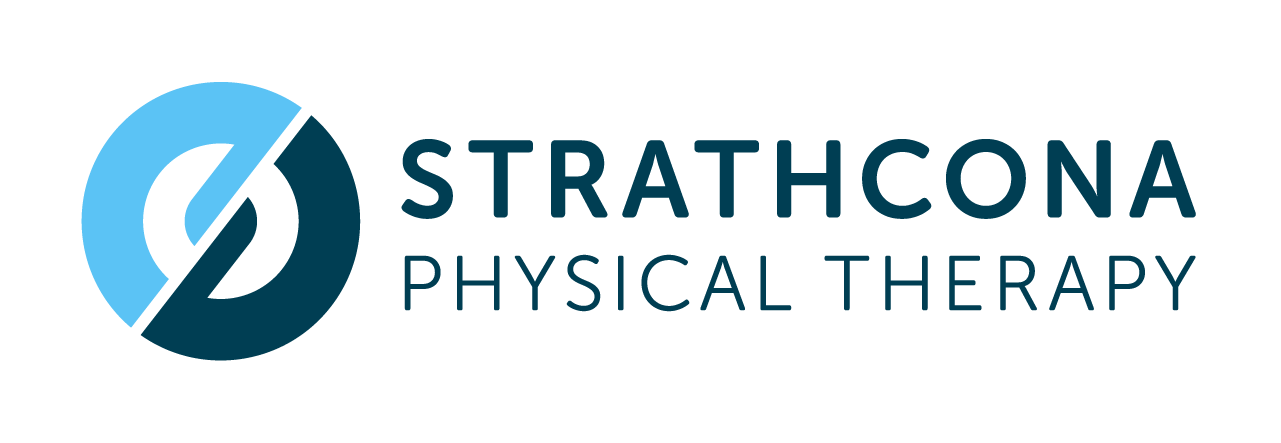The Body Remembers: How Trauma Lives in Our Muscles, Joints, and Nervous System
Trauma isn’t just a psychological wound—it’s a physiological imprint. Whether it stems from a single event or prolonged exposure, trauma often lingers in the body long after the mind has tried to move on. This silent residue can show up as chronic pain, joint stiffness, muscle tension, headaches, poor posture, and nervous system dysregulation.
Understanding how trauma is stored and expressed in the body is a crucial part of the healing process. More and more research in neuroscience, somatics, and trauma therapy supports what many have long known intuitively: the body keeps the score.
How Trauma Embeds Itself in the Body
When we sense danger, the autonomic nervous system (ANS) kicks into its “fight, flight, or freeze” mode. Adrenaline surges, muscles tense, breathing quickens, and the body prioritizes survival. Normally, the nervous system resets once the threat is gone. But trauma can disrupt that natural reset.
In cases of unresolved trauma, the body may stay stuck in that heightened state of alert or freeze. Muscles stay tense, joints may become stiff or guarded, and subtle changes in posture and movement patterns emerge. Over time, this state of dysregulation can become the new normal—even if the original trauma is no longer consciously remembered.
Common Somatic Effects of Trauma
Chronic neck, shoulder, or back tension
Headaches and jaw clenching (often linked to hypervigilance)
Digestive issues and pelvic floor dysfunction
Unexplained pain or unusual body sensations
Postural changes (like hunched shoulders or a guarded stance)
Sensory sensitivity or exaggerated startle responses
Muscles and Memory: Why Tension Persists
The body doesn’t remember trauma in words—it remembers through sensation. During a traumatic experience, the brain’s speech and reasoning centers often go offline while primitive survival systems take over. So instead of processing trauma verbally, the body stores it through muscle tone, breath patterns, and reflexes.
For example, someone who felt physically threatened might unconsciously hold tension in the psoas (a deep hip flexor linked to fight-or-flight). Another person may habitually clench their jaw—an old survival pattern from childhood distress. These responses can become ingrained, stored as “body memories.”
Posture as a Window Into the Nervous System
Posture isn’t just about structure—it also reflects emotion. Many trauma survivors display postures that reflect self-protection or collapse: rounded shoulders, forward head posture, clenched fists, a sunken chest. These adaptations may have started as survival strategies but often become long-term defaults, reinforcing pain and limiting mobility.
Changes in posture can also reinforce nervous system distress. For instance, forward head posture may compress nerves in the neck, worsen headaches, and limit breathing—all of which feed the trauma loop.
Rewiring the Body Through Integrative Therapy
Healing trauma means working with both the body and mind. Approaches like somatic experiencing, trauma-informed physiotherapy, yoga, and myofascial release help release stored tension, calm the nervous system, and restore a sense of safety and ease in the body.
At our clinic, we take an integrative medicine approach. We bring together physiotherapy, psychology, occupational therapy, massage therapy, and nutrition to support the full journey of trauma recovery. This collaborative model helps address both the physical and emotional sides of trauma in a personalized, coordinated way.
Key Approaches Include:
Breathwork: Deep belly breathing helps calm the nervous system and reduce tension.
Gentle and Holistic Movement: Trauma-sensitive movements create safety and help restore mobility.
Touch and Manual Therapy: Respectful, consent-based touch can restore physical boundaries and grounding.
Body Awareness Training: Helping clients tune into sensations without judgment builds interoception and resilience.
Final Thoughts
Trauma recovery isn’t always linear. There may be flare-ups, emotional releases, or setbacks along the way. But with the right support, the body can heal. It can let go of fear patterns, regain fluid movement, and rebuild a sense of safety and self-trust. Understanding how trauma lives in the body is the first step toward a truly empowering healing process.
References
van der Kolk, B. A. (2015). The body keeps the score: Brain, mind, and body in the healing of trauma. Penguin Books.
Scaer, R. C. (2007). The body bears the burden: Trauma, dissociation, and disease (2nd ed.). Routledge.
Porges, S. W. (2011). The polyvagal theory: Neurophysiological foundations of emotions, attachment, communication, and self-regulation. Norton.
Levine, P. A. (2010). In an unspoken voice: How the body releases trauma and restores goodness. North Atlantic Books.
Mehling, W. E., et al. (2011). Body awareness: a phenomenological inquiry into the common ground of mind–body therapies. Philosophy, Ethics, and Humanities in Medicine, 6(1), 6.
Price, C. J. (2005). Body-oriented therapy in recovery from child sexual abuse: An efficacy study. Alternative Therapies in Health and Medicine, 11(5), 46–57.
